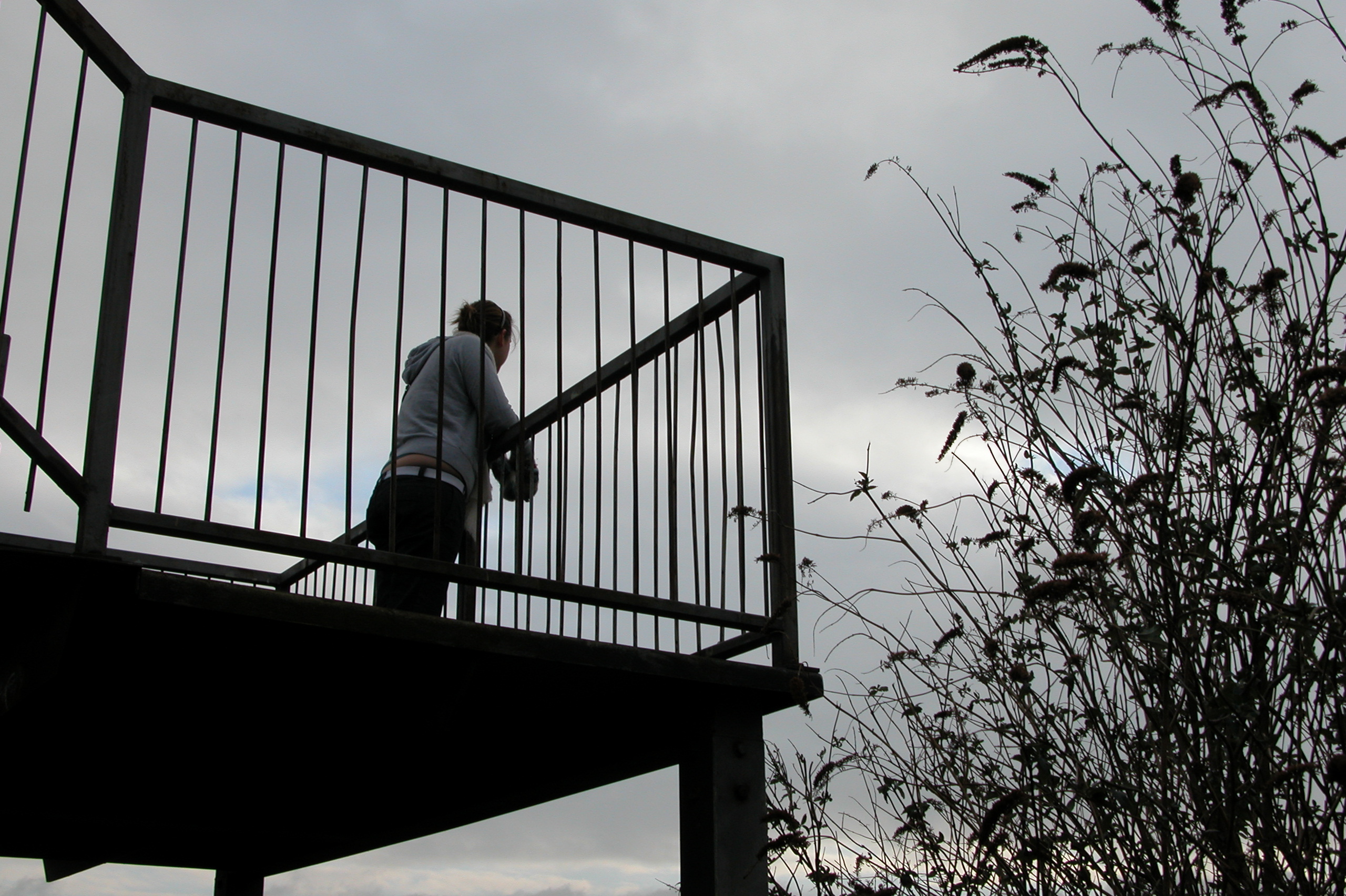By Rebecca Jackson
There are five centres which offer secure care in Scotland, with around 100 of Scotland’s most vulnerable children and young people placed within these units. Placements happen if they are deemed to be a risk to themselves, or others, within their communities, and it is felt that they can only be managed effectively within a secure care setting. These placements are arranged via the courts or the children’s hearing system.

Image by James Stewart via Creative Commons
National Secure Care Project
In 2014 the Scottish Government granted funding to the Centre for Youth and Criminal Justice (CYCJ) for a fixed term project to build on the work of the Securing our future initiative (SOFI) report in 2009. The SOFI report was a comprehensive analysis of the secure care estate in Scotland. It made recommendations for future practice in secure care and also suggested ways that the system could be made more efficient and young person centred. These included implementing and embedding the Getting It Right for Every Child approach and making full use of the Children’s Hearing and Early Years frameworks, including the SHANARRI indicators on well-being.
A scoping study was completed by CYCJ in 2015 which considered the current legislative and academic frameworks, as well as current practices of the 5 centres of secure care in Scotland. This followed the streamlining and takeover by Scotland Excel in 4 of the centres and Edinburgh City Council in the other.
The scoping study report, along with the project plan, highlights the aims and objectives of this new national programme:
- identifying and promoting current best practice
- identifying and exploring alternatives to secure care
- building capacity within the secure care sector to draw comparisons and learn from the rest of the UK (and from each other)
Other key issues that the studies identified as needing to be addressed included:
- mental health provision
- continuity of care and helping the transition out of secure care and back into communities
- long-term, strategic care planning and outcome evaluations
- integration of other services into secure care (for example, “traditional social work”; and education). The secure care unit at Bishopton for example has education services which are rated as excellent, however this is not the case across all of the centres.
Outcomes in secure care
One of the key issues raised by academics, policy makers and practitioners within secure care is the concept of outcomes. It’s been suggested that there is a need for both individual outcome targets for each child within secure care but also for a wider framework of general agreed outcomes to allow for better comparison between centres, which it is hoped will help raise standards of practice.
It is also recognised that long term, as well as the immediate, outcomes need to be assessed and researched. This ties in with the need for more emphasis on transitionary care and support. Although there is an expectation that local social workers will follow up on behalf of the secure care units, this isn’t always the case.
Key questions also have to be addressed from within the sector itself with regards to:
- what are the aims of the centres
- what exactly is meant by positive outcomes
- what counts as an outcome
- how can we look at a child or young person and say that a certain objective has been met, and can this be attributed to any one particular event, intervention or placement
These questions are not unique to the secure care sector but they do need addressed. Similarly there needs to be a wider acceptance that there are multiple outcomes and that these can be in terms of quality of life, process or change outcomes.

Image by Acumen_ via Creative Commons
Sharing best practice and using staff as “knowledge brokers”
There is concern among practitioners and academics that, as a result of the changes to secure care provision implemented in 2014, secure care units are now reluctant to collaborate and share best practice.
The nature of the new secure care framework agreement means that, despite being referred to as a “secure care network”, the five centres are now in effect “in competition with one another” for individuals to be placed with them.
There is a risk that this constrains the sharing of best practice, ultimately reducing the collective standard of all five centres and therefore reducing the standard of care afforded to some young people. This was particularly highlighted in the 2015 CYCJ scoping report.
One of the key ways to share information and best practice is to allow the people who work within the centres, working with residents on a day to day basis, a platform to discuss and contribute to a wider discussion of best practice outside of their own individual centre.
Another potentially useful strategy would be to integrate approaches from traditional social work with regards to sharing ideas and information. This may also make it easier for social workers within and outside the secure care context to liaise with one another. Using staff members as “knowledge brokers” could be an efficient and effective way to allow staff to communicate best practice. Tools such as a digital platform, interactive app or online forum could help staff to share their experiences.
With the project scheduled to run until 2017, some of the issues highlighted here were discussed at an event hosted by CYCJ and WithScotland at the University of Strathclyde in April 2016. The hope is to increase collaboration and move the provision of care and creation of successful and useful outcomes frameworks forward as part of the wider National Secure Care Project.
Read more from our blog on supporting vulnerable children and young people across the UK:
- The way forward for mental health services for children and young people
- Being a young carer shouldn’t be a struggle
- The impact of breakfast on children’s educational attainment
- Child neglect, wellbeing and resilience … adopting an arts-based approach
- Recognising the value of foster care
Follow us on Twitter to see what developments in public and social policy are interesting our research team.
Share
Related Posts
By Donna Gardiner While free school meals (FSM) have been available in England on a means-tested basis since 1944, recent years have seen a renewed focus upon the potential benefits of providing free school meals to all school-aged children. Currently, ....
Today sees the start of Community Garden Week 2023. Across the UK, communities will be celebrating the many and varied types of community gardens, from children’s and neighbourhood gardens to therapy gardens and allotments. The benefits of community gardens are ....
By Hollie Wilson At the start of 2020, an independent review was published setting out what needed to be done to bring about changes to the care system for children and young people in Scotland. At the heart of the ....
By Hollie Wilson One of the biggest stories earlier this summer was the revelation by long-distance runner Sir Mo Farah that he was trafficked from his home in East Africa at the age of nine. In a BBC documentary, he ....
